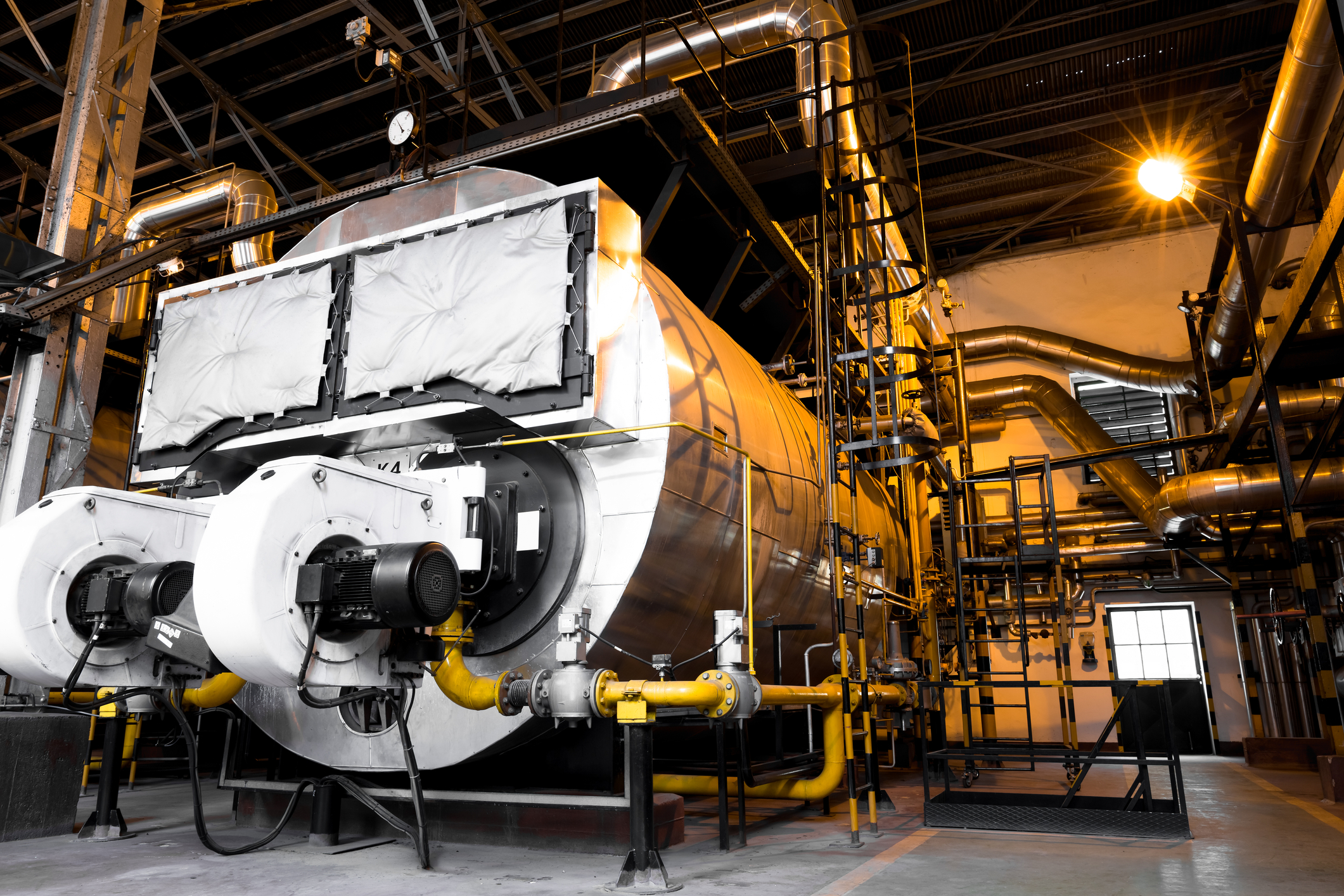Fired Heater High CO/Combustibles Shutdown – Benchmarking Study
As part of our extensive consulting work in process safety, Kenexis frequently performs benchmarking studies where we survey engineers at groups of peer companies in order to compare and contrast the approaches that these organizations use to address various topics in technical safety and the design of engineered safeguards in process plants. The topic of this benchmarking results report is related to the state of implementation of automatic shutdowns of fired heaters based on detection of high concentrations of carbon monoxide (CO) in flue gas, and the handling of anomalies in the concentrations of various materials in the flue gas in general. Recent advancements in the ability to measure concentrations of CO accurately and quickly using tunable diode laser (TDL) analyzers, combined with the nature of CO as a leading indicator of incomplete and unstable combustion, have driven a great deal of interest in application of the technology.
The benchmarking effort that was undertaken originally asked two questions:
- Does your company’s corporate standard require shutdown of heaters based upon detection of high CO concentrations?
- Are you aware of any events in your organization where an explosion (of any magnitude) occurred as the result of incomplete combustion that resulted in ignition of a cloud of gas containing a high concentration of CO, but that was not detected by other stack gas measurements such as low oxygen or high combustibles?
Based on the content of the questions, it is obvious that the primary area of interest was the use of analysis of CO in flue gas to perform shutdowns. Operating companies are addressing the problem of “bogged” or “loaded” fireboxes in a variety of ways, each having significant strengths and limitations that must be balanced in their design. This report provides insight into how a group a operating companies are tacking this issue. The report, which is available by clicking the link below provides the anonymized results of the study of more than a dozen large operating companies.
If you are interested in getting more information about how the study was conducted, or are interested in discussing the topic with the Kenexis team. Please contact Kenexis President Ed Marszal at ([email protected]). Also, if you would like Kenexis to undertake a similar benchmarking study for operational issues faced by your organization, please feel free to contact us.
This benchmarking report represents the first installment of a number of announcements regarding reports, software tools, templates, and training that are all geared toward helping operating companies to design appropriate safeguards for their fired equipment in a consistent and cost-effective manner – including another FREE 4 hour online training course series for those of you familiar with our recent fire and gas mapping training campaign. Keep an eye out for the Kenexis newsletter and check the web site on a regular basis for more information.

